Module 5 Body Mechanics Terminology
1/23
Earn XP
Description and Tags
CNA
Name | Mastery | Learn | Test | Matching | Spaced |
|---|
No study sessions yet.
24 Terms

Alignment
arrangement in a straight line, or in correct or appropriate relative positions.
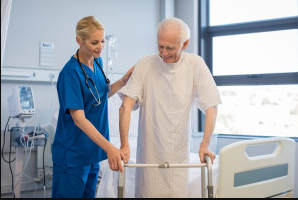
Ambulate
walking; move about
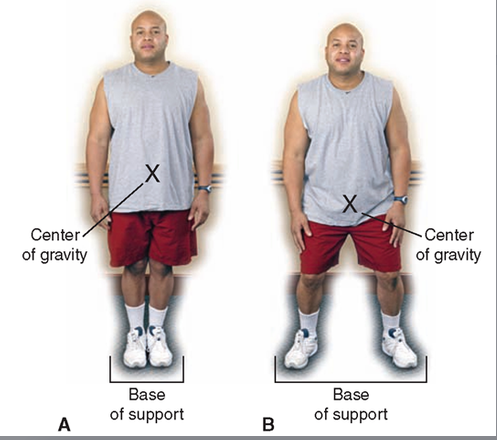
Base of support
(BOS) refers to the area beneath an object or person that includes every point of contact that the object or person makes with the supporting surface. These points of contact may be body parts e.g. feet or hands, or they may include things like crutches or the chair a person is sitting in.

Body mechanics
bending our backs, flexing our arms and legs and pushing and pulling patients. Because of this, many nurses are at risk for developing physical strain and back injuries or even fractures. One way to prevent these from happening is to practice proper body mechanics
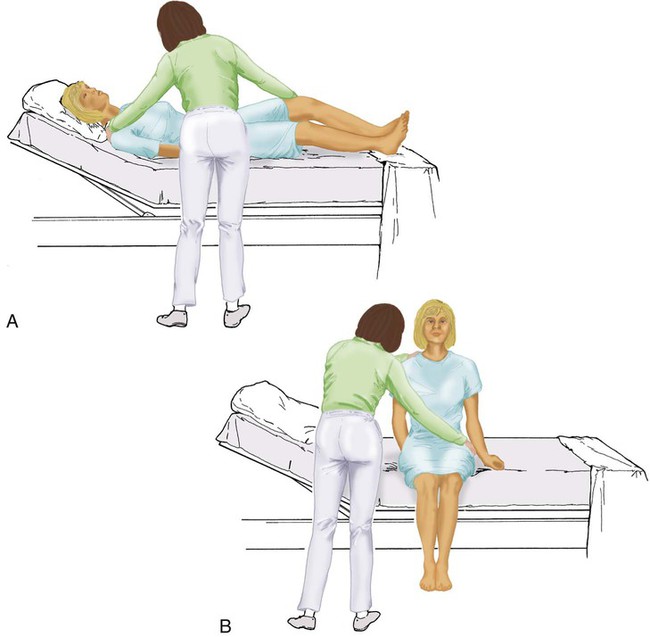
Dangle
A popular term for the first movement a patient is allowed, either after surgery under general anesthesia, or 'under local',
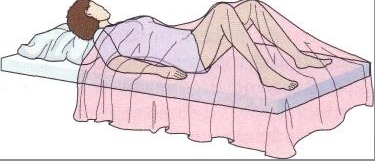
Dorsal recumbent
Lying on the back, as in a supine position.
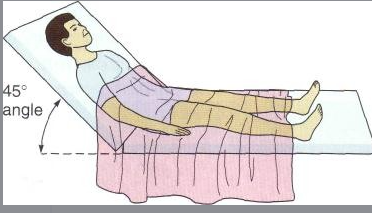
Fowler’s position
There are several types of Fowler's positions: Low, Semi, Standard, and High Fowler's. Low Fowler's position is when the head of bed is elevated 15-30 degrees, Semi-Fowler's position is 30-45 degrees, Standard Fowler's is 45-60 degrees, and High Fowler's position is 80-90 degrees.
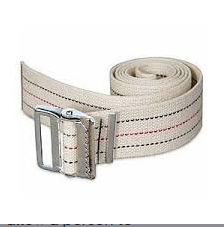
Gait belt
A device placed around the resident’s waist for use when transferring and ambulating
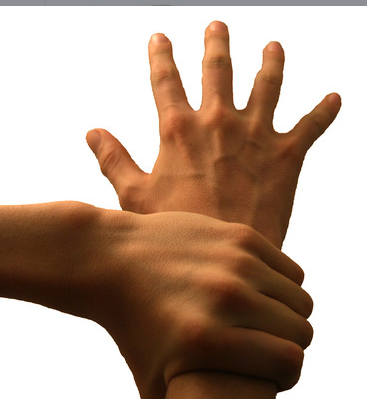
Grasp
seize and hold firmly.
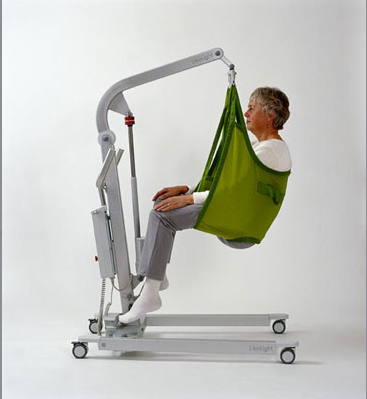
Hoyer lift
A patient lift (patient hoist, jack hoist, hydraulic lift) may be either a sling lift or sit-to-stand lift. ... Sling lifts are used for patients whose mobility is limited.
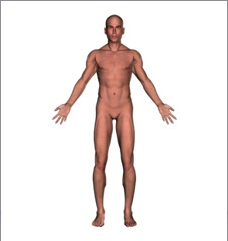
Lateral position
means that the patient is lying on their right or left side.

Lift/draw/turn
A sheet folded under a patient so that it may be withdrawn without lifting the patient.
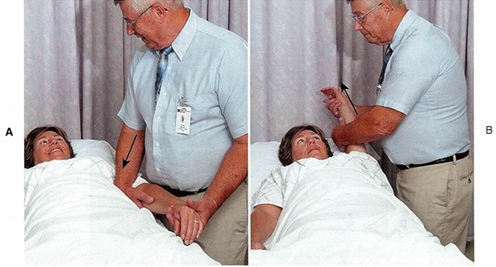
Lift team
Lift teams are specially trained in the ergonomics of assisting patients with transfers and turning or repositioning them, thereby reducing the number of injuries that nurses receive while moving patients. Synonym: lift team.
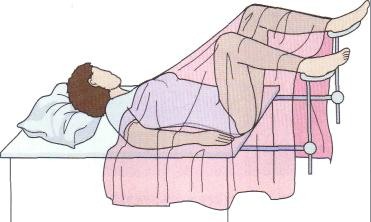
Lithotomy
surgical removal of a calculus (stone) from the bladder, kidney, or urinary tract.
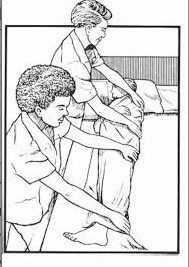
Logroll
is a maneuver used to move a patient without flexing the spinal column.
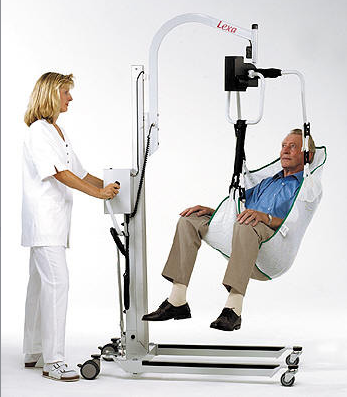
Mechanical lift
Are used to move those who are unable to stand on their own or whose weight makes it unsafe to move or lift them manually.
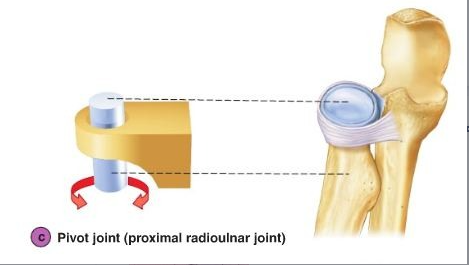
Pivot
the central point, pin, or shaft on which a mechanism turns or oscillates.
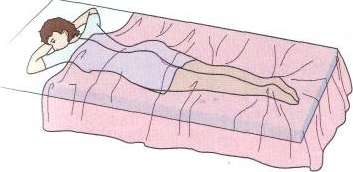
Prone position
Is a position of the body lying face down.
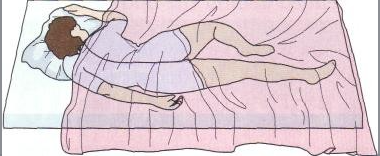
Sim’s position
Is usually used for rectal examination, treatments and enemas.

Supine position
lying horizontally with the face and torso facing up, as opposed to the prone position, which is face down.
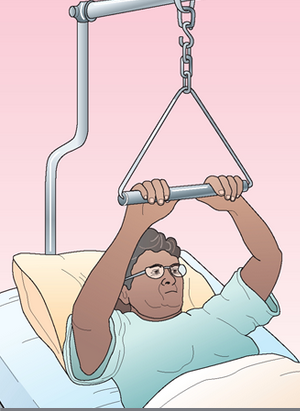
Trapeze
A triangle-shaped metal bar. It hangs from a metal frame, which is attached to the headboard and footboard of the bed.
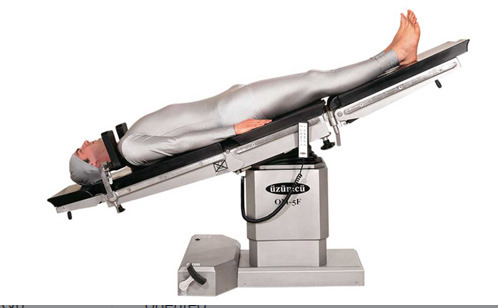
Trendelenberg
.The body is laid supine, or flat on the back with the feet higher than the head by 15-30 degrees

Total Quality Improvement (TQI)
may have been the first quality oriented philosophy to transition into healthcare. TQM is based on three principles: continuous quality improvement
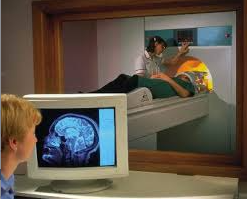
Work-related musculoskeletal disorder (WRMD)
are a group of painful disorders of muscles, tendons, and nerves. Carpal tunnel syndrome, tendonitis, thoracic outlet syndrome, and tension neck syndrome are examples.